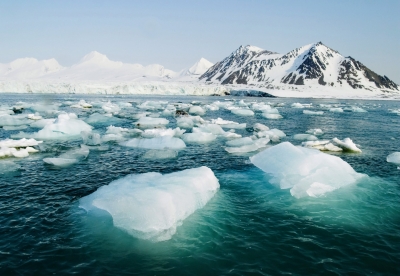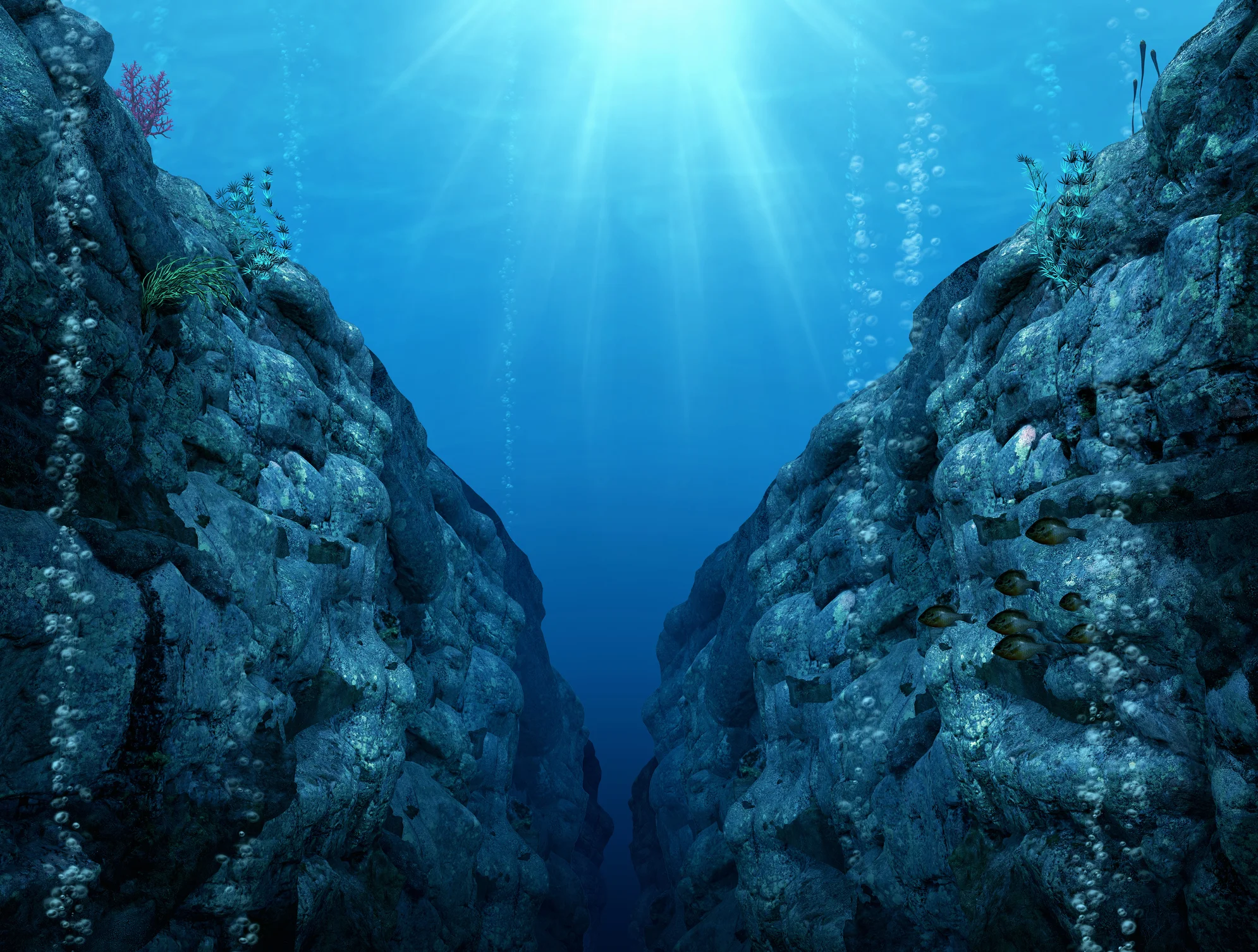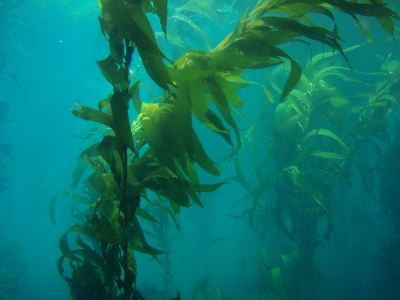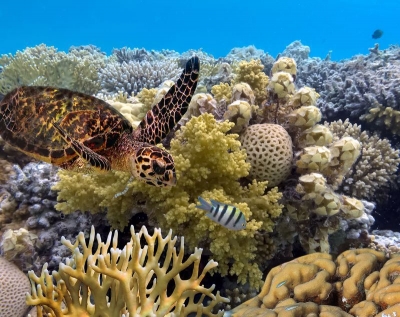Why was the Arctic Ocean, the smallest of all oceans, in the news recently?
 The Arctic Ocean, which is the smallest of the world's oceans, lies close to the North Pole. Along with its marginal seas the Chukchi, East Siberian, Laptev, Kara, Barents, Greenland, and Beaufort, the Arctic Ocean has the least-known basins and bodies of water in the world's oceans due to its remoteness, difficult weather, and perennial or seasonal ice cover.
The Arctic Ocean, which is the smallest of the world's oceans, lies close to the North Pole. Along with its marginal seas the Chukchi, East Siberian, Laptev, Kara, Barents, Greenland, and Beaufort, the Arctic Ocean has the least-known basins and bodies of water in the world's oceans due to its remoteness, difficult weather, and perennial or seasonal ice cover.
About four million people live in the Arctic region. Many of them are indigenous groups that have thrived in this harsh climate for hundreds of years. They rely mostly on the ocean resources for surviving this harsh climate and generate livelihood through these activities. Fishing, sealing, whaling, and other activities are their livelihood means. The U.S., Canada, Greenland, Iceland, Norway, and Russia all have territories that reach into the Arctic Ocean.
The Arctic Ocean is in the news these days because of its effects on global warming. Rising temperatures in the Arctic are expected to cause large amounts of fresh melt-water to enter the north Atlantic, an event that will possibly disrupt global ocean current patterns. This will lead to drastic changes in the Earth's climate. When the extent of sea ice diminishes and the sea level rises, the effect of storms (such as the Great Arctic Cyclone of 2012) on open water increases. Reduced sea ice also leads to increased human-animal conflicts. It will, for example, cause polar bears to search for new sources of food, forcing them to move into human territories. Since December 2018, the archipelago of Novaya Zemlya has been under a mass invasion of polar bears, and in February 2019, a state of emergency was declared there. Dozens of polar bears were entering homes, public buildings, and inhabited areas in search of food. All this led to the Arctic Ocean being in the news.
Picture Credit : Google


